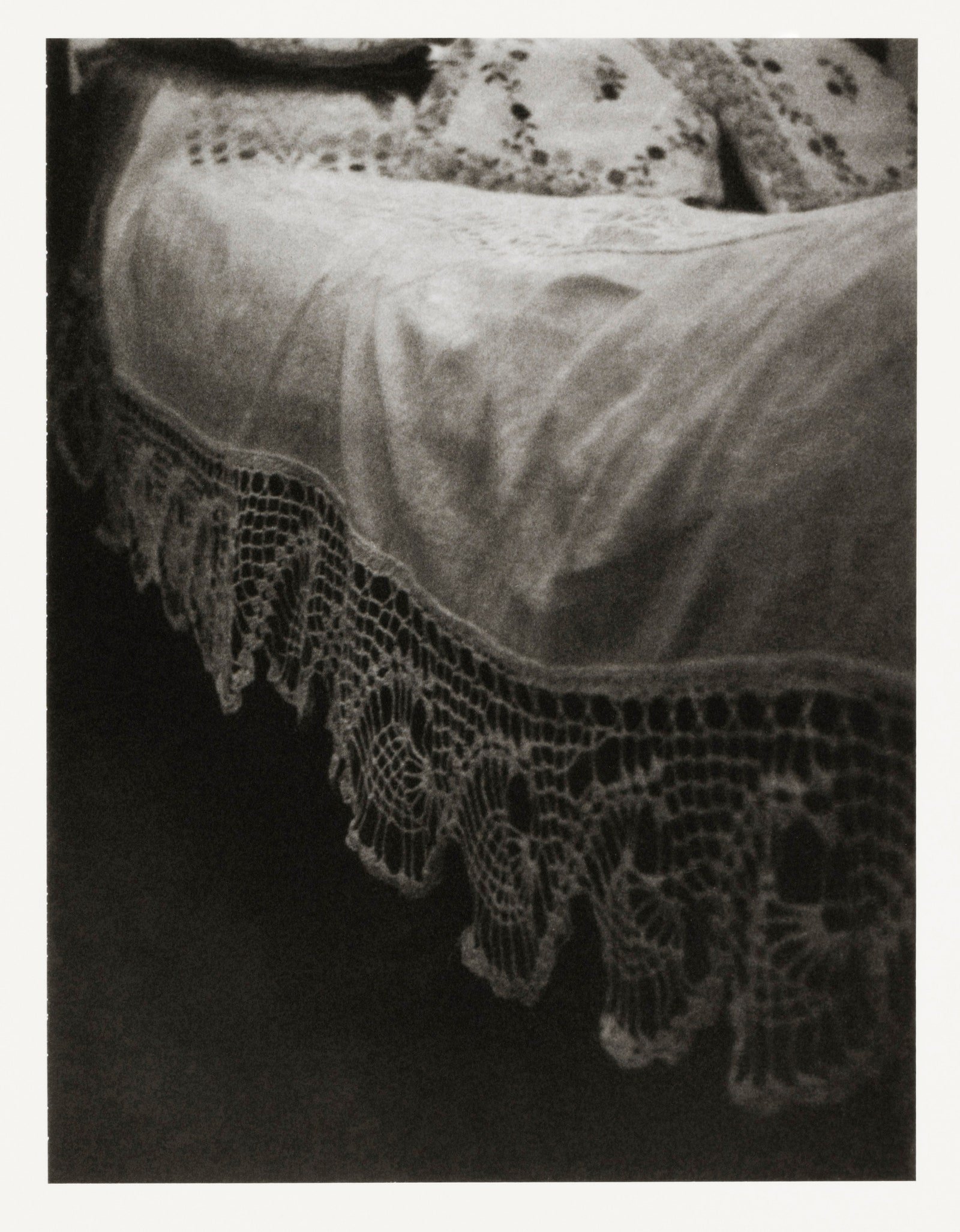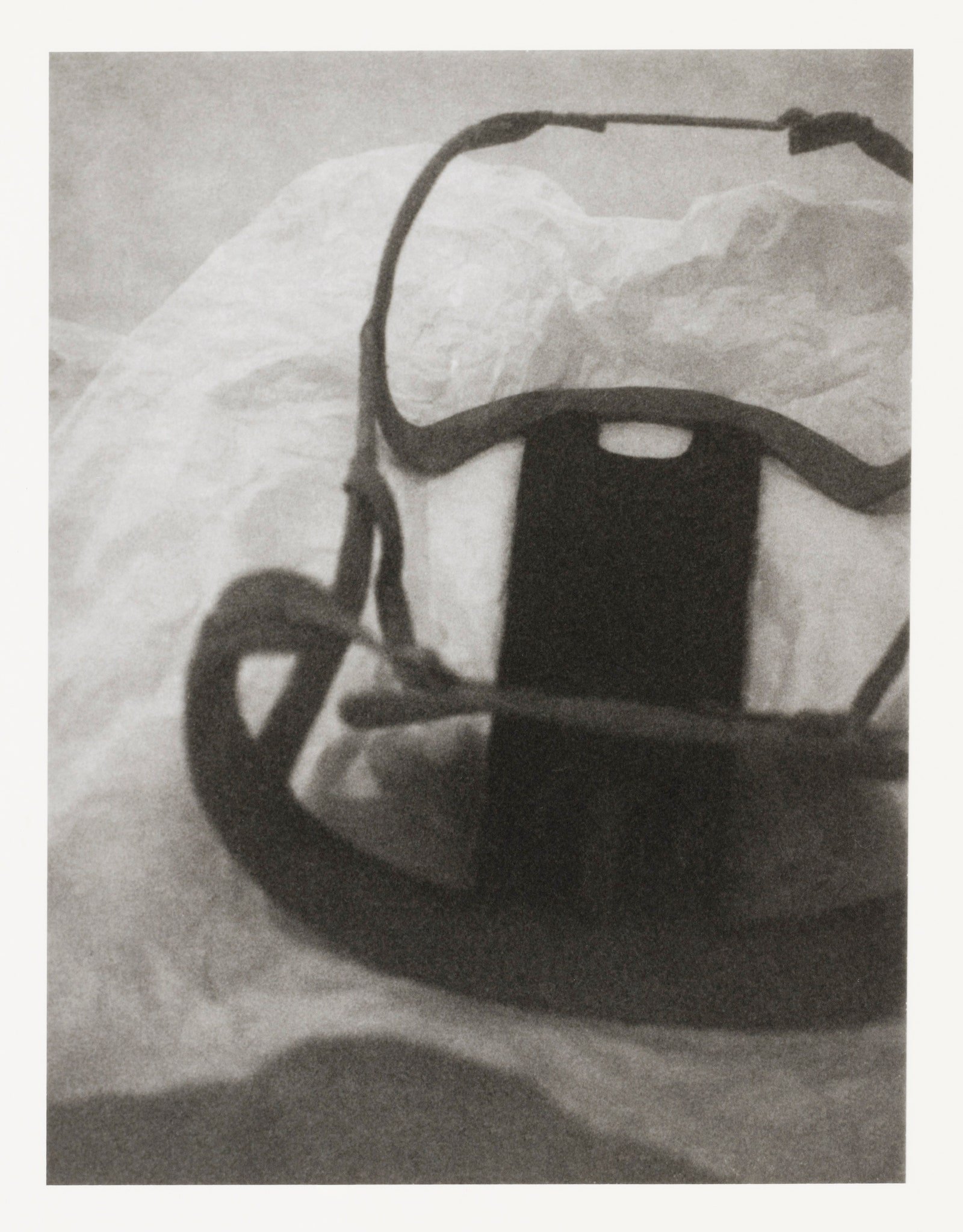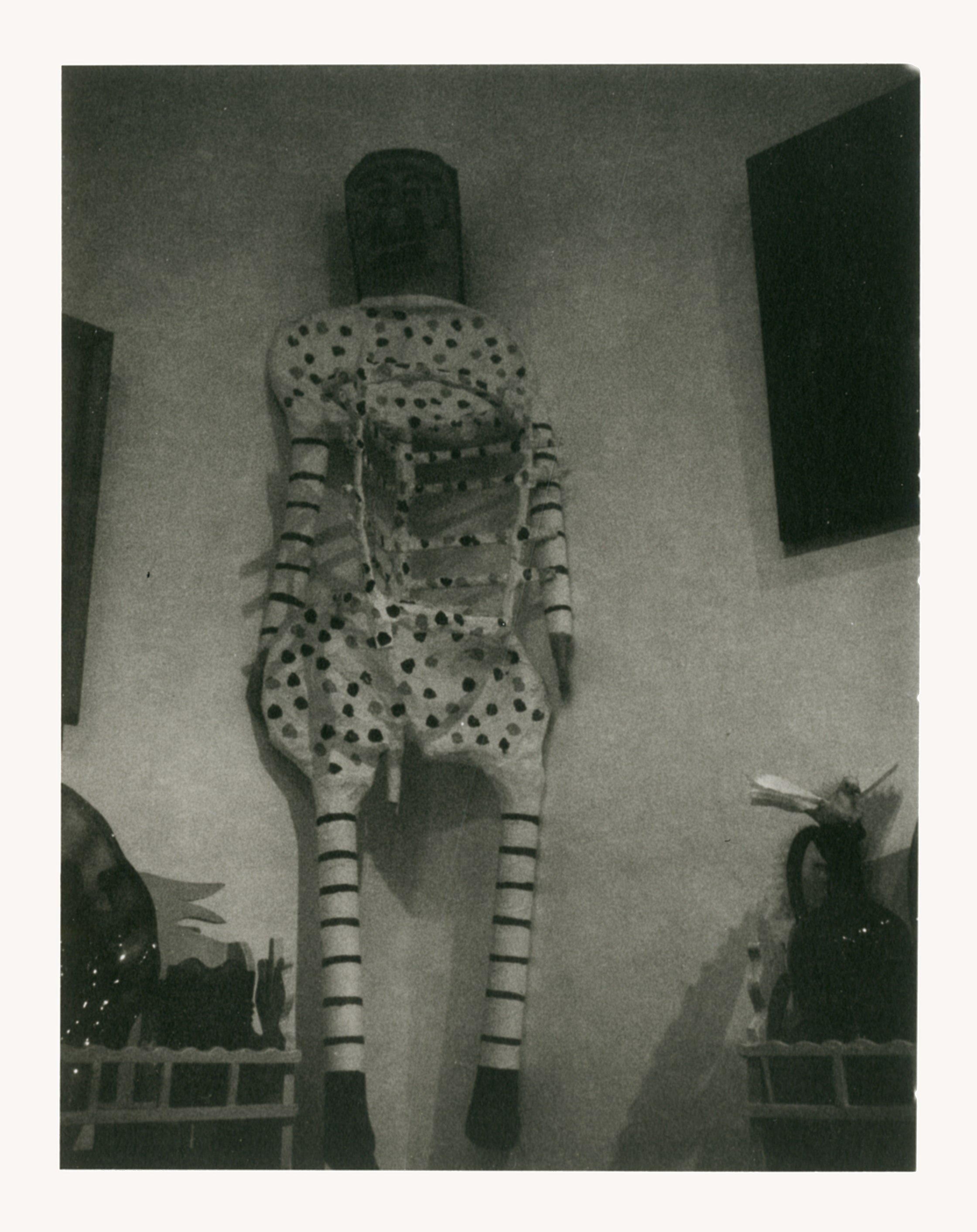Frida Kahlo
This is a never-ending hole to fall down, one you could happily get lost in all day long. Chloe’s curated a small selection of videos, podcasts and articles that can spark, reignite or satisfy a desire to learn more about the beautiful Frida and her work. From Patti Smith’s photo journal of her visit to La Casa Azul to a podcast on Frida by art historian Katy Hessel (author of The Story of Art Without Men) and a video of Frida’s voice, we hope you enjoy this one 🌸 🇲🇽
Writing on Frida Kahlo That We Loved:
Patti Smith’s Talismanic Photos from Frida Kahlo and Diego Rivera’s Home and Beyond - The New Yorker
“Smith’s journey to La Casa Azul was arduous. She’d fallen ill the night before her visit, a gruesome and disorienting experience that she vividly recounts in her 2015 memoir, “M Train.” The photographs that she took—simple but evocative snapshots of the couple’s home and belongings—are stark and often dim. “The lighting was challenging, and I had a very modest, simple camera,” she said. “What I like about the photographs is that they contain my respect for them and their living quarters, but, also, they contain the illness that I had. I had dysentery and a migraine, so I took them under very difficult conditions. That atmosphere seems to have permeated.””
Author Jessie Burton travels to the artist's home in Mexico, in search of the true heart of an enigmatic icon who turned her suffering into a powerfully compelling body of work for Harpers Bazaar
“Motherhood evaded Kahlo, despite the yearning. She suffered dangerous miscarriages and medical abortions.She had begun to paint herself in convalescence – looking up into a mirror her mother had fixed on the roof of her bed – and work became her salvation. Her self-portraits were syntheses of her personal life, her communist politics, her Catholic upbringing and loyalty toward Mexico’s indigenous cultures. Throughout her life, in her flowing skirts and dark moustache, she took both sexes to her bed. Unfettered in the bedroom, she was discliplined in the studio, and always kept her brushes scrupulously clean.”
All Souls: The Frida Kahlo Cult by Peter Schjeldahl for The New Yorker
“Blisteringly scornful of self-importance—in a letter from Paris, in English, she lauded Marcel Duchamp as “the only one who has his feet on the earth, among all this bunch of coocoo lunatic sons of bitches of the surrealists”—Kahlo would surely raise her prodigious eyebrow to behold what has been made of her. But immortal fame rarely meshes with the temperament of those it befalls. It is about the wishes of others. In Kahlo’s case, the ways that she has been used by feminists, multiculturalists, bisexualists, and whatnot are readily defensible.”
The commodification of Frida Kahlo: are we losing the artist under the kitsch? for The Guardian
“The reader devours the book, marvelling at the precision of the sentences and the forensic notice the author seems to have given to the particular English of his district. It is not so much a dialect as a language stolen out of the mouths of others and bullied and half-loved into a new condition. Characters are not exhausted but "panned out". The phrase "signs on" has nothing to do with the dole, but seems to mean something like: "And I'm not surprised." A sentence such as: "The poor misfortune, how well he had to hit the tree" – well, I'm not sure what it means exactly, but it is exciting to be closed out for a moment from your own language. Things are often "a fright to God", but the accumulative effect of reading the book is a joy rather than a fright to God.”
A review of the BBC’s new documentary, Becoming Frida Kahlo – “this joyful celebration makes the artist fascinating in a whole new way” - The Guardian
“This is a loving portrayal of Kahlo, and it cheers on her rebelliousness and non-conformity so convincingly that it’s impossible not to join in. It covers all the points you might expect from a 2023 documentary about her life and work. There are queer readings of her art and conversations about women in Mexico in the early 20th century, attempting to reconcile the independence that was promised to them with the social and cultural obligations of the era. (There is a brilliant detour into the life of her friend, the photographer and activist Tina Modotti, who experienced a very contemporary-sounding humiliation in the press in 1929.)” - Now available to watch on BBC iPlayer
Great Art Explained presents ‘The Two Fridas’
Shop Frida Kahlo Books
get to know Frida Kahlo in a podcast
Author of The Story of Art without Men, Katy Hessel, talks to Jessie Burton, author of The Miniaturist, and together they tell the story of Frida through a writer's lens, calling her "a writer's dream". We go through her life story, but also her works, and ask ourselves: what is it that makes Frida so iconic, so relatable, so empowering?! Listen here.
Bay Curious listener Erin Al Gwaiz wanted to know more about the time that famous Mexican artists Frida Kahlo and Diego Rivera spent in San Francisco. In this episode, reporter Marisol Medina-Cadena immerses us in their world — exploring who they were, how they spent their time here, and ultimately how their legacy still resonates today. Listen here.











